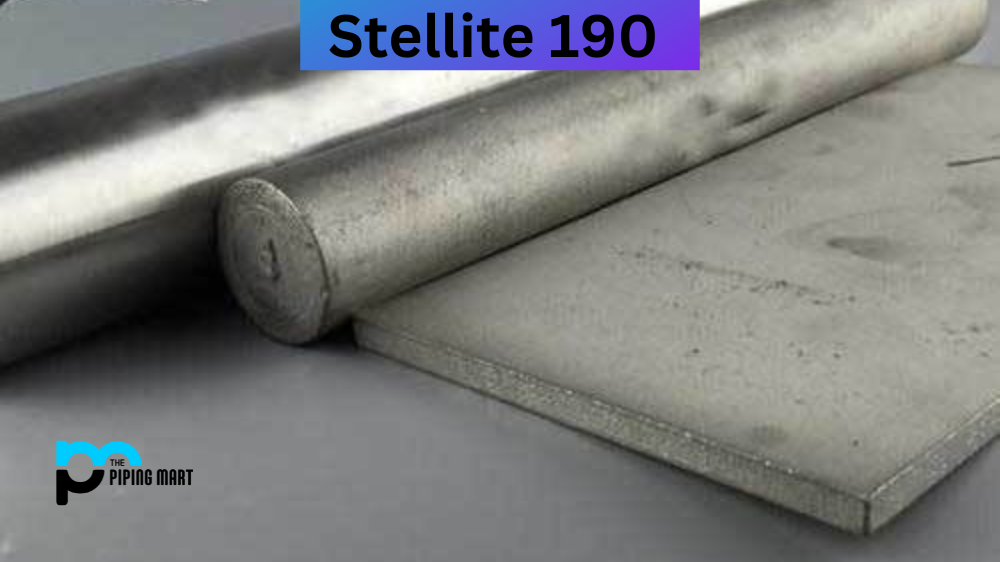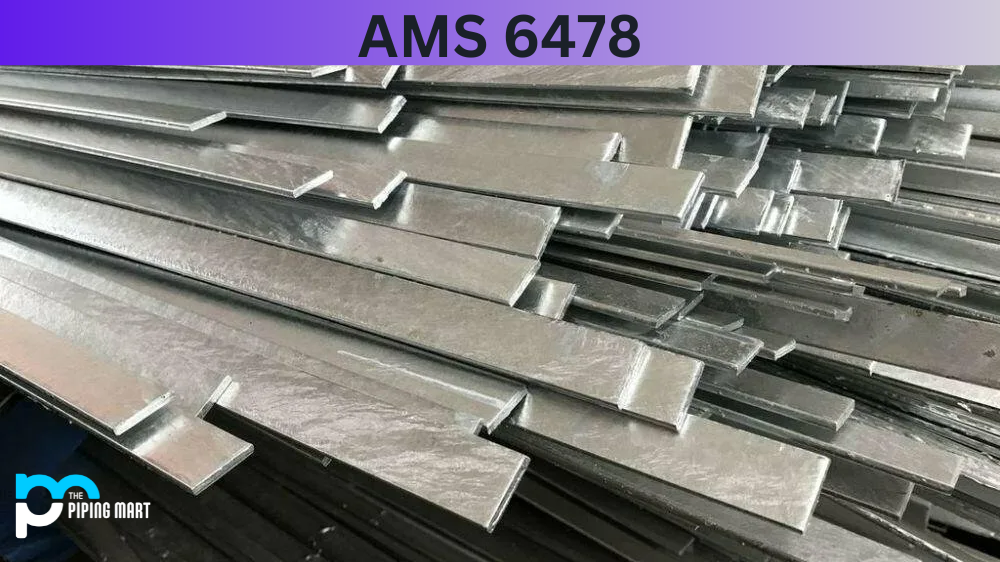When it comes to high-performance metal alloys, stellite 190 comes to mind. It is an alloy that has been around for a long time and used in various applications. This blog post will discuss everything you need to know about Satellite 190. You will understand this alloy in-depth, from its composition to physical and mechanical properties and uses.
Stellite 190 Composition
Stellite 190 is a member of the cobalt-chromium-molybdenum family of alloys. It contains approximately 31-33% chromium, 9-11% molybdenum, and 1-2.5% carbon. The addition of these elements makes stellite 190 a high wear and corrosion-resistant alloy with excellent high-temperature strength and low-temperature flexibility.
Stellite 190 Physical Properties
Stellite 190 has a density of 8.44 g/cm3. It is non-magnetic and has a high melting point of 1350°C. It also has good thermal conductivity and a low coefficient of thermal expansion. These properties make stellite 190 an ideal choice for applications that require high-temperature resistance, corrosion resistance, and good thermal conductivity.
Stellite 190 Mechanical Properties
Stellite 190 is a tough and strong alloy with a rating of 38-44 HRC hardness. It has a tensile strength of 827 MPa and a yield strength of 616 MPa. It also has excellent fatigue resistance, making it ideal for applications that undergo frequent stress cycles.
Stellite 190 Uses
Stellite 190 has many applications in the aerospace, automotive, chemical processing, and oil and gas industries. It is commonly used in cutting tools, valve parts, and high-temperature bearings. The wear and corrosion resistance of stellite 190 makes it an ideal choice for these applications, where the material must withstand high stresses and temperatures.
Stellite 190 Hardness
As mentioned earlier, stellite 190 has a high hardness rating of 38-44 HRC. This makes it an excellent choice for applications that require a high degree of wear resistance. In addition, the hardness of stellite 190 gives it good resistance to deformation, making it particularly useful in cold working applications.
Stellite 190 Heat Treatment
Stellite 190 is a heat-treatable alloy. It can be hardened by heating it to 980-1020°C temperatures, followed by air or oil quenching. This heat treatment process enhances the strength and wear resistance of the material, making it ideal for use in high-stress applications.
Stellite 190 Welding
Stellite 190 is difficult to weld due to its high carbon content. However, it can be welded using a TIG welding process with a special Stellite filler wire. Proper preheating and post-weld heat treatment are essential to prevent cracking and maintain the material’s strength and properties.
Stellite 190 Corrosion Resistance
Stellite 190 has excellent corrosion resistance properties. The chromium content in the alloy provides resistance to oxidizing and reducing environments, while the molybdenum content enhances its resistance to pitting and crevice corrosion. This makes it ideal for use in applications where the material is exposed to aggressive chemical environments.
Conclusion
In conclusion, stellite 190 is an alloy with excellent properties that make it suitable for various industrial applications. Its wear and corrosion resistance, high-temperature strength, and low-temperature flexibility make it an ideal choice for applications that require high-performance materials. However, its high carbon content makes welding difficult, and proper preheating and post-weld heat treatment are necessary. Stellite 190 is a powerful and versatile alloy that should be considered for demanding applications where the material’s properties must be first-class.

Meet Bhavesh, a seasoned blogger with a wealth of knowledge and experience. From metal products manufacturing to retail, Bhavesh has a diverse background in various industries and is dedicated to sharing his insights and expertise with readers.




